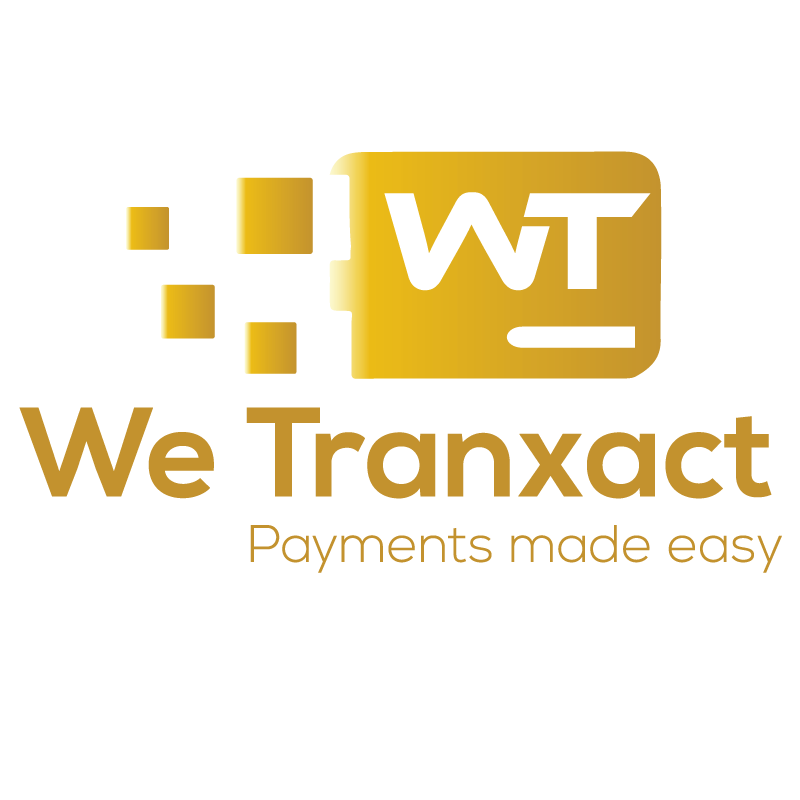Comparing Credit Card Processing Rates: What to Look For
So you’ve decided to open your own business and now you’re faced with the daunting task of choosing a credit card processor. With so many options out there promising low rates and top-notch service, how do you even begin to compare? Don’t worry, we’ve got you covered. In this article, we’ll break down what to look for when comparing credit card processing rates so you can make the best decision for your business. Let’s dive in and get your business on the fast track to financial success!
Comparing apples to oranges: Understanding different types of credit card processing rates
When it comes to credit card processing rates, it’s important to understand that not all rates are created equal. Before choosing a payment processor for your business, it’s crucial to compare the various types of rates available. This will help you determine which option best suits your specific needs and budget. Below, we break down the differences between flat-rate, interchange-plus, and tiered pricing structures.
Flat-Rate: This pricing structure charges a set percentage and per-transaction fee for all card transactions. It’s simple and easy to understand, making it a popular choice for small businesses. However, flat-rate pricing may not be the most cost-effective option for businesses with high transaction volumes or large average ticket sizes. Interchange-Plus: With this pricing model, merchants pay the actual interchange fee set by the card networks plus a markup set by the payment processor. While this type of pricing can result in lower overall costs for businesses, it can be more complex to understand. Tiered Pricing: This structure categorizes transactions into different tiers (qualified, mid-qualified, non-qualified) with varying rates. While tiered pricing may seem attractive at first glance, businesses should be cautious of hidden fees and costs associated with this model.
Reading the fine print: Hidden fees and how to spot them
When it comes to credit card processing rates, it’s crucial to pay attention to the fine print to avoid falling victim to hidden fees. These fees can quickly add up and eat into your profits, so it’s essential to know what to look for when comparing rates. One way to spot hidden fees is to carefully review the processing agreement and look for any additional charges beyond the standard rates.
Another key factor to consider is the pricing structure offered by the payment processor. **Flat rate pricing** may seem attractive at first glance, but it can sometimes hide additional fees that are not immediately obvious. **Interchange-plus pricing**, on the other hand, provides a more transparent breakdown of the fees you are being charged, making it easier to identify any hidden costs. By comparing credit card processing rates and understanding the fine print, you can ensure that you are getting the best deal for your business.
Breaking it down: Calculating effective rate to find the best deal
When comparing credit card processing rates, it’s important to understand how to calculate the effective rate to find the best deal. The effective rate takes into account all fees and charges associated with credit card processing, giving you a clearer picture of the true cost. To calculate the effective rate, you’ll need to factor in interchange fees, assessments, and processor markups. By breaking down these components, you can make an informed decision on which processing solution offers the best value for your business.
One key factor to consider when comparing credit card processing rates is the interchange fees. These are fees charged by the card networks (such as Visa and Mastercard) and are typically the largest component of credit card processing costs. Assessments are additional fees charged by the card networks, while processor markups are fees charged by the processing company. By analyzing these fees and calculating the effective rate, you can identify the processing solution that offers the most competitive pricing for your business. Remember to look beyond just the advertised rates and consider all factors that contribute to the overall cost of credit card processing.
Don’t settle for less: Tips for negotiating better credit card processing rates
In the competitive world of credit card processing, it’s important not to settle for less than you deserve. By negotiating better rates, you can save your business money and increase your bottom line. Here are some tips to help you compare credit card processing rates and make sure you’re getting the best deal possible:
First and foremost, make sure you understand the different types of fees associated with credit card processing. Look for hidden fees, such as statement fees, PCI compliance fees, and batch fees. These can add up quickly and eat into your profits. Compare processing rates from different providers to see who offers the best deal. Pay attention to the markup over interchange rates, as this can vary significantly between providers. By doing your research and negotiating with providers, you can ensure you’re getting the best rates for your business.
To Conclude
So, next time you’re evaluating credit card processing rates, remember to keep an eye out for hidden fees, consider your business’s unique needs, and be wary of too-good-to-be-true offers. By understanding the ins and outs of credit card processing, you can ensure that you’re getting the best deal for your business. Happy processing!






